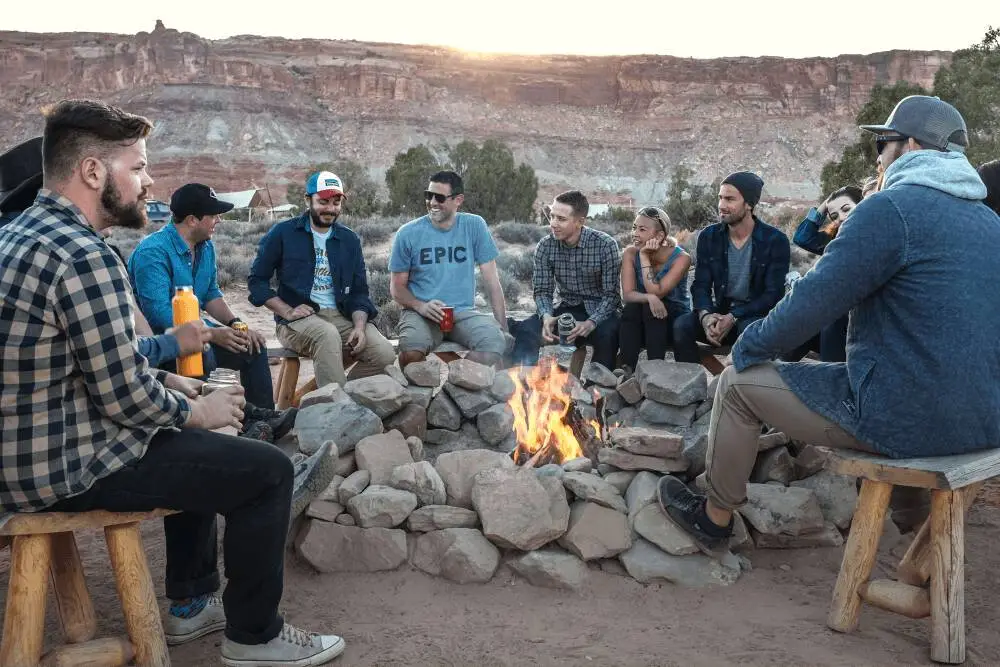


Christina Balotescu
November 18, 2021
Your constituents, whether they are alumni, dues-paying members, or students and parents, may be of different ages, in different life-stages, and represent an array of professional careers, yet they all share the same experience - your organization.
This core affiliation with your institution is strong. After all, it is a part of each individual's life experience. But have you thought about going beyond the natural affiliation and empowering your constituents to engage more meaningfully with their network?
What if there was an easy way to tap into those natural affiliations to achieve your goals? What if you could not only strengthen the potency of engage, empower, & advance, but also create new affinity links between constituents and your institution (or re-ignite old ones)? Would you do it? Of course you would.
You should be thinking about Groups.
While the main association between alumni and their institution is strong, the links between alumni and their affinity groups can be even stronger.
A group is a gathering of individuals around an interest, a cause, a chapter, a club, a class year, an event...well, you get the idea. Online, it's a space you provide your constituents to connect and engage around something that is important to them. It's not necessarily all your constituents - but a subset.
With that in mind, here are 3 get-your-feet-wet strategies around groups you can use to start to increase engagement within your network:
This is the easiest place to begin, and you may already have the data on hand! Alumni love to be associated with their years; by formalizing these associations with a group that conducts exclusive activities such as special events or reunions, the special feelings of "this is just for us!" transforms into goodwill toward your institution. Additionally, when alumni are organized in this manner, it's much easier to delegate responsibilities like event planning, spreading the word, and fundraising to class leaders, saving your organization time and resources.
In higher education and K-12 institutions, extracurricular activities play a major role in student life. Doesn't it follow, then, that some people have just as strong (or stronger) bonds with their soccer team, an acapella group, or environmental club? When creating networks, it's all about strengthening the link between your people and your institution. By inserting the institution as the facilitator of the link between your people and the activity group that was a big part of their experience with you, a stronger affinity is formed - one that turns into engagement, empowerment, and advancement.
Among a large group, there are always people who share hobbies that are not directly related to your organization. Rather than relegate these activities to "do it on you own time," why not take advantage of the opportunity to facilitate deeper bonds between your constituents? For example, if you are a church with a diverse network, and 10% of your constituents happen to be marathon runners, this presents a wonderful opportunity to create the church marathon runners group within your network. By empowering your constituents in this way, not only does your institution see benefits through more engagement and advancement, but it becomes a relationship that can be cultivated further - not just the marathon runners who all met at the same church, but the marathon runners who represent your church at the next charity race!
Groups are a powerful tool that too few institutions take advantage of. Not only do they strengthen the bonds between your constituents and your institution, but they also have the power to create new opportunities for your constituents to engage with each other and represent your institution in a positive manner.
Remember: Empowered Networks Give Back!
This post is Part I of our series on Groups. For a more advanced take on groups that go beyond natural affiliations, check out Part II by clicking here.